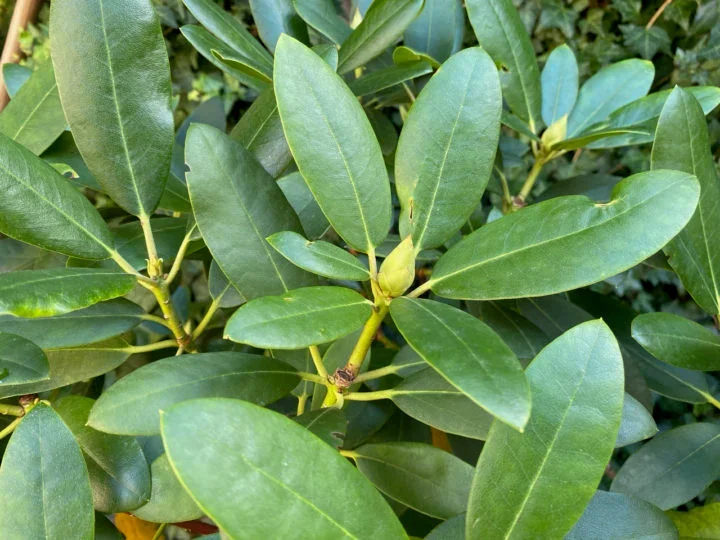Fruit Tree Pre-Winter Care and Residential Pruning Tips | NH Seacoast
As winter approaches on the NH Seacoast, fruit trees need thoughtful care to stay healthy through cold winds and coastal conditions. October isn’t the time for heavy pruning—doing so triggers tender new shoots that can’t survive frost. Instead, focus on cleanup and protection: remove diseased wood and leftover fruit, rake fallen debris to reduce pests, and apply mulch to insulate roots while keeping it away from the trunk. Deep watering before the ground freezes and using tree guards or burlap screens help prevent damage from rodents, sunscald, and salt spray. Save shaping and structural pruning for late winter, when trees are dormant and ready to grow strong for the next season.
Pruning Ornamental Grasses in Residential Landscapes | NH Seacoast
Ornamental grasses add texture and movement to NH Seacoast gardens, but pruning them at the right time is essential for their health and beauty. Cutting too early removes valuable winter interest, while cutting too late can damage new spring shoots. The best time to prune is late winter, just before growth resumes. Leaving grasses standing through fall and winter enhances coastal landscapes, provides wildlife habitat, and protects plants from harsh winds. When pruning, tie clumps for easy handling, cut cool-season grasses to 4–6 inches and warm-season varieties to 8–12 inches, and remove debris to prevent pests. With proper timing and care, ornamental grasses stay strong, attractive, and low-maintenance year after year.
What Not To Prune In Fall (Lilac, Rhododendron, Azalea, Weigela, Etc.)
Fall may feel like the perfect time to tidy up the garden, but for many beloved shrubs on the NH Seacoast—like lilac, rhododendron, azalea, and weigela—autumn pruning can do more harm than good. These plants set their flower buds months in advance, and cutting now can remove next year’s blooms and leave tender new shoots vulnerable to winter damage. Instead, focus on fall cleanup: remove debris, apply mulch to insulate roots, and tie evergreens to prevent snow breakage. Save shaping and pruning for right after blooming in spring or early summer. With patience and proper timing, your Seacoast garden will reward you with stronger, healthier plants and a vibrant display of flowers next year.
Arborvitae Privacy Walls – Why Not to Prune in Fall
Arborvitae hedges are a staple of Seacoast landscapes, valued for their lush, evergreen privacy walls—but fall is the wrong time to prune them. Cutting in September or October exposes tender inner foliage that can brown or die from cold winds and frost. Arborvitae rely on their dense outer greenery for insulation and wind protection, so removing it weakens the hedge’s health and appearance. The best time for shaping is late spring to midsummer, when new growth allows safe, healthy recovery. Through fall, focus on cleanup, tying branches, and winter protection instead. With proper timing, your arborvitae will stay full, green, and beautiful all year.
Lilacs in NH: Why Fall Cuts Cost You Spring Flowers
Learn why pruning lilacs in fall reduces next year’s blooms, and discover the right timing and techniques to keep your New England lilacs thriving.
Fall Pruning: What Not to Cut Now & Why - Seacost NH
Learn which shrubs and ornamental trees in New England should never be pruned in fall, and why waiting protects next year’s flowers and plant health.
Boxwood Before Winter: Skip the Shear, Try Thinning
Discover why fall is the wrong time to shear boxwood in New England and how light thinning keeps shrubs healthy and resilient through winter.
Hydrangeas, Decoded: Old-Wood vs New-Wood Pruning for Next Year’s Blooms
Learn when to prune hydrangeas in New England. Discover old-wood vs new-wood types so your shrubs stay healthy and bloom beautifully each year.









